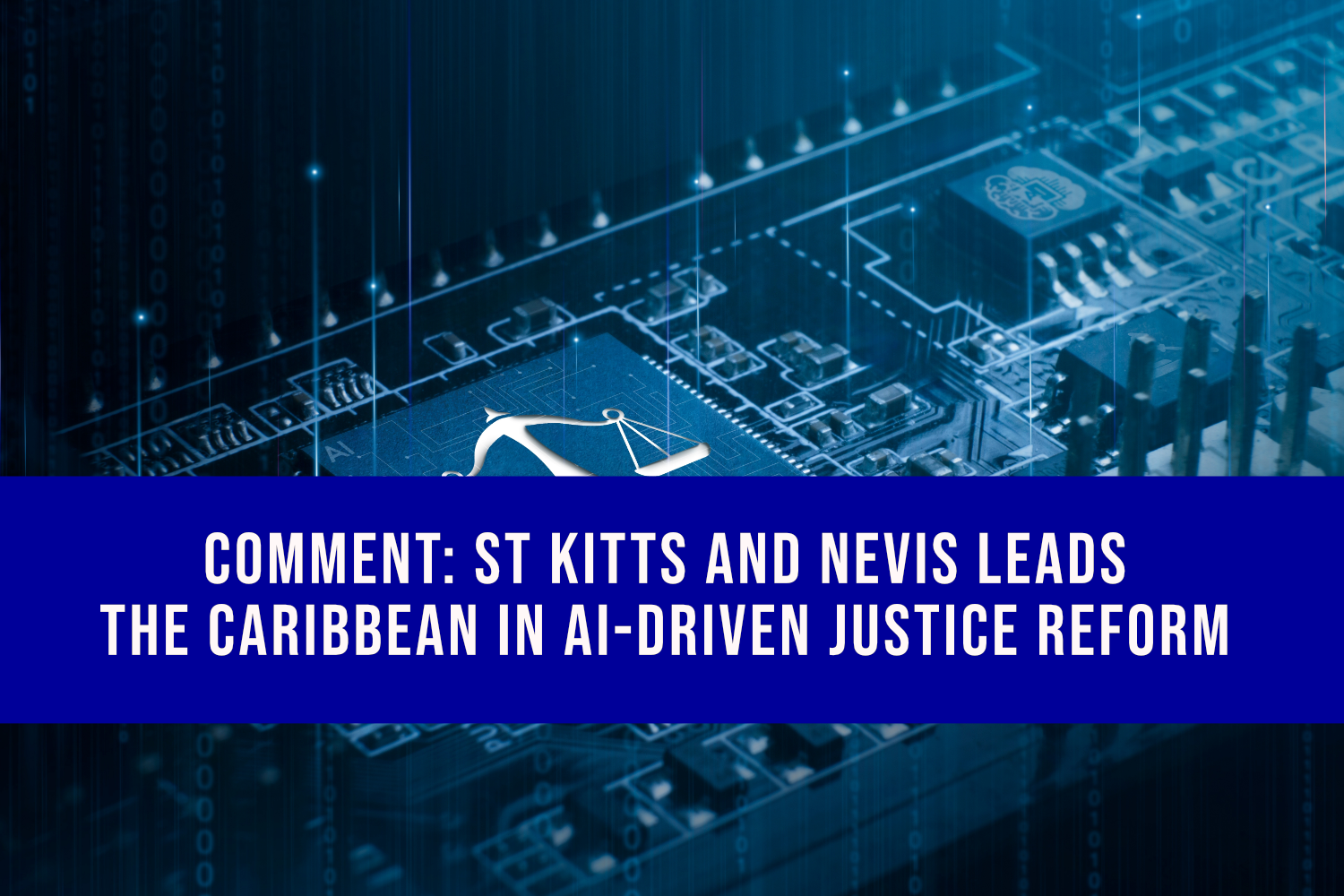Major Financial Institution to Replace 4,000 Teller Positions with Automated Systems, Creating New Roles in Robotics Management.
The Dawn of AI in Banking: DBS Leads the Charge in Automation and Workforce Transformation
DBS, a pioneering force in the banking industry and the largest bank in Singapore, is embarking on a significant workforce transformation driven by the rapid advancements in artificial intelligence (AI). Over the next three years, the bank plans to reduce its reliance on temporary and contract workers by approximately 4,000 positions. This strategic move reflects the growing influence of AI in automating tasks traditionally performed by human employees. While the reduction will primarily occur through natural attrition as projects conclude, it underscores the transformative potential of AI to reshape the banking landscape. This proactive approach positions DBS as a frontrunner in harnessing AI’s capabilities to enhance efficiency and streamline operations.
Despite the decrease in temporary and contract roles, DBS remains committed to investing in the future of work by creating approximately 1,000 new AI-related jobs. This dual strategy demonstrates the bank’s recognition that while AI can automate certain tasks, it also creates opportunities for specialized roles demanding expertise in AI development, implementation, and management. This commitment to fostering AI talent highlights DBS’s forward-thinking approach to navigate the evolving demands of the financial sector in the age of intelligent automation. The bank’s strategy serves as an early example of how large financial institutions are adapting their workforce to the changing dynamics of the industry.
The planned workforce adjustments at DBS are not isolated incidents but rather indicative of a broader trend across the financial sector. AI’s increasing sophistication is prompting banks worldwide to re-evaluate their workforce strategies and explore opportunities for automation. Outgoing CEO Piyush Gupta emphasized DBS’s decade-long engagement with AI, highlighting the bank’s deployment of over 800 AI models across 350 diverse areas. This extensive integration of AI has yielded substantial economic benefits, with DBS projecting over S$1 billion ($745 million) in economic gains by 2025. This success story further solidifies the value proposition of AI in driving efficiency and profitability within the banking sector.
The rise of AI has sparked widespread discussions and concerns regarding its potential impact on employment across various industries. The International Monetary Fund (IMF) has cautioned that AI could significantly affect nearly 40% of jobs globally, potentially exacerbating existing inequalities. This warning highlights the need for proactive measures to mitigate the potential negative consequences of widespread AI adoption on employment markets. However, contrasting perspectives offer a more nuanced view of AI’s impact on the future of work. Bank of England Governor Andrew Bailey, for instance, suggests that rather than causing mass job displacement, AI will likely drive workforce adaptation, requiring employees to acquire new skills and embrace evolving roles.
The implications of AI’s transformative power extend beyond developed economies to regions like the Caribbean and Latin America. The World Bank estimates that between 2-5% of banking jobs in these regions face the risk of full automation due to the current capabilities of Generative AI (GenAI). However, the World Bank also highlights the potential for GenAI to significantly enhance productivity for up to half of the banking jobs in these regions, representing about 17 million jobs. Realizing this potential, however, hinges on improving connectivity and infrastructure, underscoring the importance of strategic investments to enable widespread adoption of AI technologies.
Navigating the transformative era of AI requires proactive policies and strategies to ensure inclusive growth and sustainable development. The World Bank recommends governments implement policies that safeguard jobs, promote productivity enhancements, and maximize the transformative potential of GenAI. These policy interventions should focus on creating a supportive ecosystem for AI adoption, fostering skills development initiatives, and addressing potential disruptions to labor markets. By embracing a proactive approach, governments can harness the power of AI to drive economic growth, improve societal well-being, and ensure a future where technology serves humanity. DBS’s strategic workforce adjustments provide a valuable case study for other organizations grappling with the challenges and opportunities presented by the rise of AI.
Share this content:












Post Comment